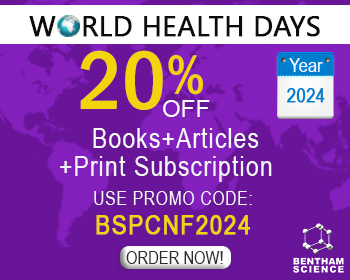Abstract
Hansch’s model is a classic approach to Quantitative Structure-Binding Relationships (QSBR) problems in Pharmacology and Medicinal Chemistry. Hansch QSAR equations are used as input parameters of electronic structure and lipophilicity. In this work, we perform a review on Hansch’s analysis. We also developed a new type of PT-QSBR Hansch’s model based on Perturbation Theory (PT) and QSBR approach for a large number of drugs reported in CheMBL. The targets are proteins expressed by the Hippocampus region of the brain of Alzheimer Disease (AD) patients. The model predicted correctly 49312 out of 53783 negative perturbations (Specificity = 91.7%) and 16197 out of 21245 positive perturbations (Sensitivity = 76.2%) in training series. The model also predicted correctly 49312/53783 (91.7%) and 16197/21245 (76.2%) negative or positive perturbations in external validation series. We applied our model in theoretical-experimental studies of organic synthesis, pharmacological assay, and prediction of unmeasured results for a series of compounds similar to Rasagiline (compound of reference) with potential neuroprotection effect.
Keywords: Alzheimer disease, neurodegenerative diseases, hippocampus proteome, rasagiline derivatives, drug – target binding, QSBR models, perturbation theory.





























